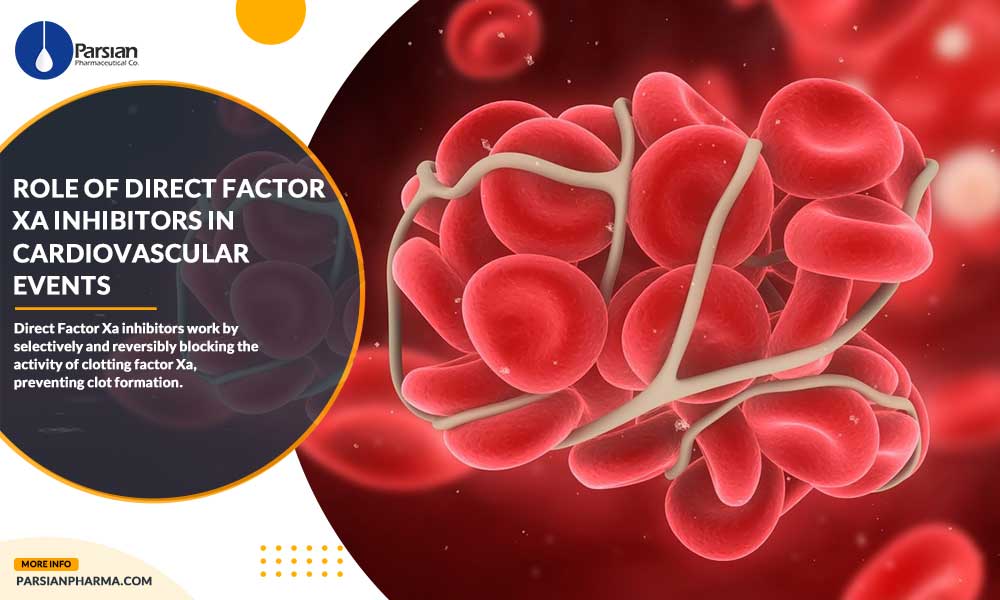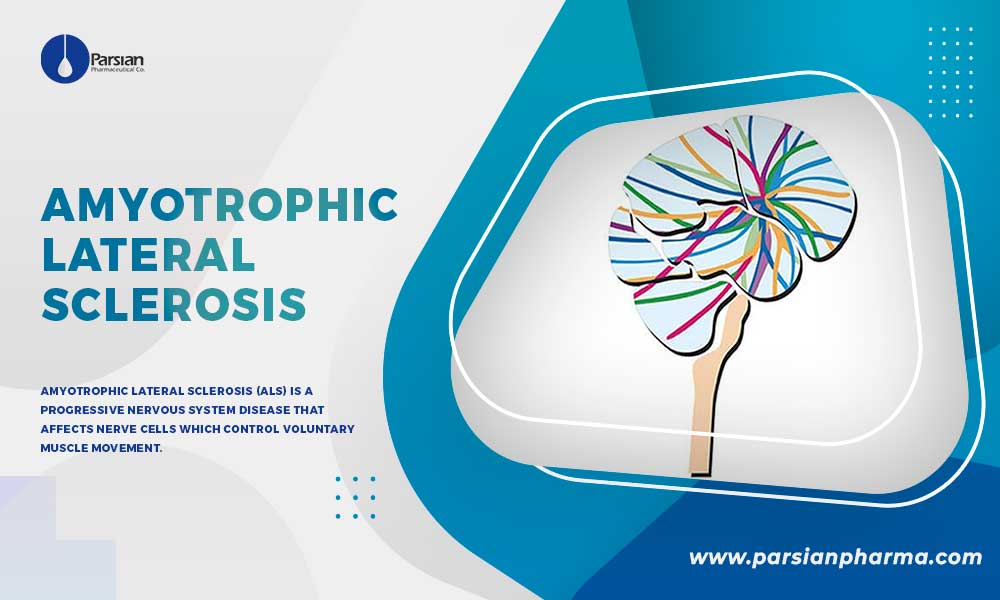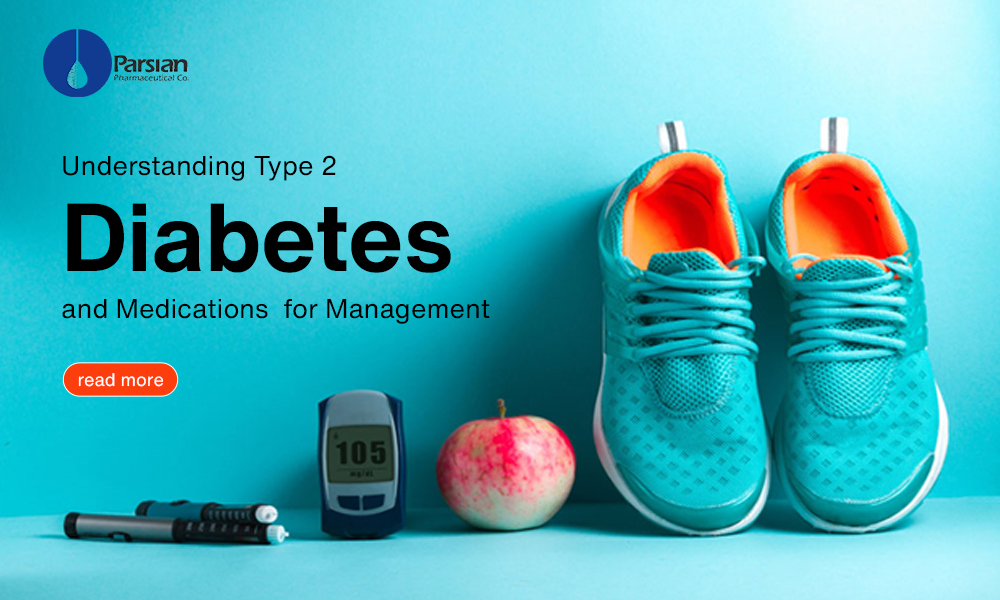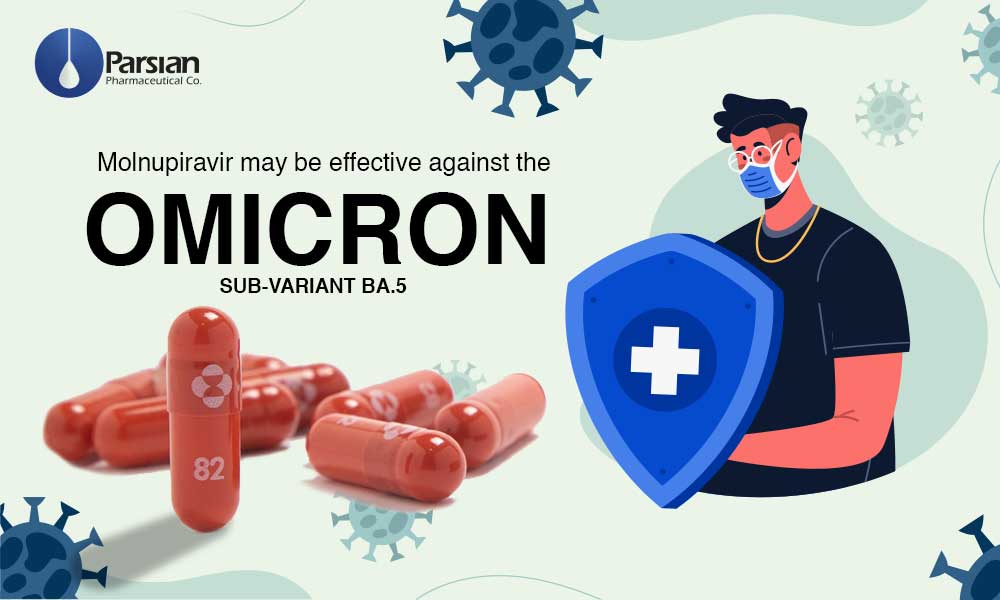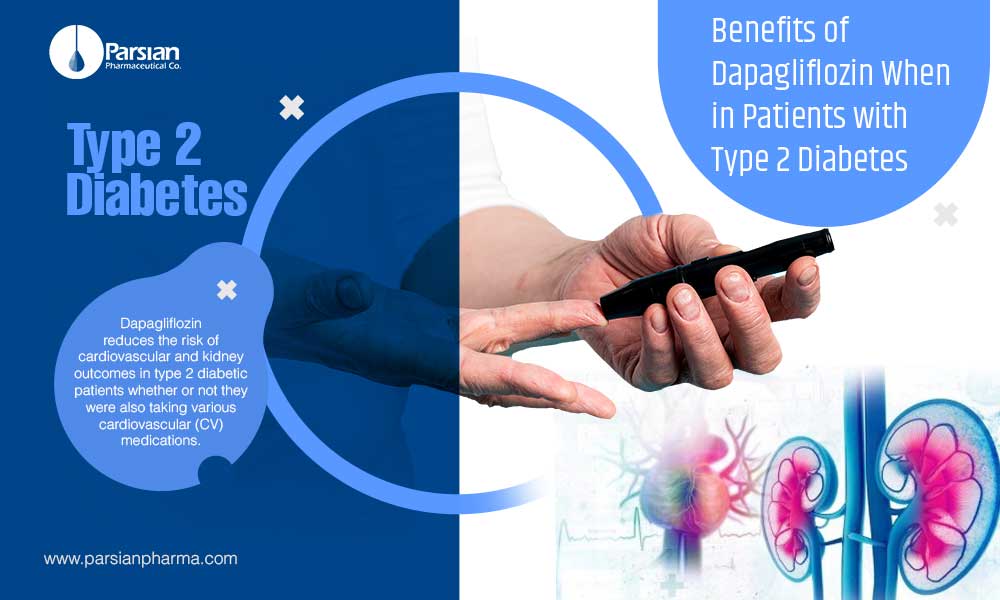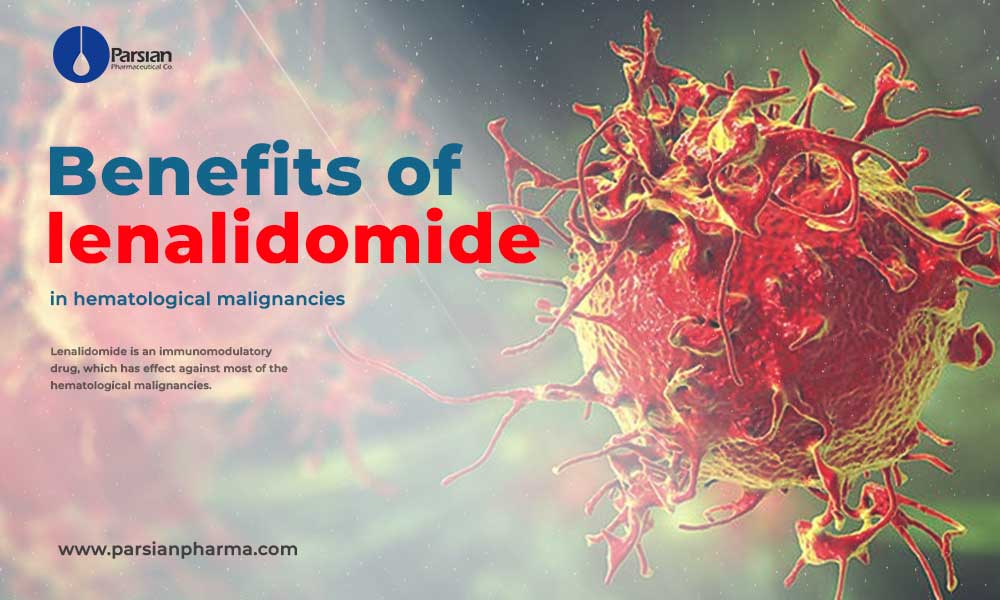Introduction
Direct Factor Xa inhibitors are a type of anticoagulant drugs which act by binding selectively and reversibly to the clotting factor Xa. Factor Xa plays an important role in the blood clotting mechanism. When an injury occurred, they forming a mesh to prevent loss of blood. However, clots can form within the body and cause blockages in the veins, arteries, and heart causing heart attacks and stroke.
Thrombosis is when a blood clot forms inside a blood vessel, potentially blocking blood flow through the circulatory system and causing serious health issues. There are two main types of thrombosis, depending on which blood vessels are affected.
When a blood clot blocks an artery, it’s called arterial thrombosis. Rich-oxygen form of blood is carried by arteries throughout the body. If thrombosis occurs in the main arteries of the heart, can lead to heart attack; and in the arteries to the brain, it can cause a stroke.
When a blood clot blocks a vein, it’s called arterial venous thrombosis. Depleted-oxygen form of blood is carried by veins from the body back to the heart, and blockage can cause serious problems. One of the most important venous thrombosis is Deep vein thrombosis (DVT), which most commonly occurs in the veins of the legs, such as the femoral vein.
In DVT, there is the risk of a pulmonary embolism (PE), when a clot breaks off, transfer through the blood stream, and becomes lodged in the pulmonary artery, which is the main blood vessel to the lungs; However, PE can occur with no evidence of DVT.
Blood clots can also occur in a superficial vein, near the skin, which is known as superficial thrombosis, and can be painful, but is usually not serious.
The impact of thrombosis
Associated complications is depended on where the thrombosis is occurred. The most serious problems are heart attack, stroke, and serious breathing problems. Thrombosis can lead to cardiovascular diseases, like heart attack and stroke. Cardiovascular disease is the world’s number one killer, while 85% of all cardiovascular deaths are due to heart attack and stroke. Acute arterial thrombosis is the most important cause of most cases of myocardial infarction and of about 80% of strokes; and is the most common cause of death in the developed world, and venous thromboembolism is the third leading cause of cardiovascular-associated death.
Treatment Options for thrombosis
The most common and effective therapy for thrombosis are drugs called anticoagulants, which help prevent the formation of new blood clots.
Anticoagulants help prevent blood clots. They’re given to reduce the chances of developing serious conditions such as strokes and heart attacks, to people at a high risk of getting clots. The mechanism of action of anticoagulants can be done by interrupting the process involved in the formation of blood clots.
Types of Anticoagulants
There are three main types of anticoagulant medications including: Vitamin K antagonists, Direct Oral Anticoagulants (DOACs), Heparin and Low molecular weight heparins (LMWH); each type works in a different way to prevent unneeded blood clots.
Direct Oral Anticoagulants (DOACs)
Direct oral anticoagulants (DOACs) have quickly become attractive alternatives to the long‐standing standard of care in anticoagulation, vitamin K antagonist. DOACs are indicated for prevention and treatment of several cardiovascular events. Since the first approval, DOACs have emerged as leading therapeutic alternatives that provide both clinicians and patients with more effective, safe, and convenient treatment options in thromboembolic settings.
Two classes of DOACs are currently available: reversible direct thrombin inhibitors, and the direct factor Xa inhibitors. Apixaban and Rivaroxaban are classified as direct factor Xa inhibitors.
Direct Factor Xa inhibitors introduction
Factor Xa inhibitors work by selectively and reversibly blocking the activity of clotting factor Xa, preventing clot formation; they affect both factor Xa within the blood and within a preexisting clot. They do not affect platelet aggregation. They are used for the prevention and treatment of DVT and acute pulmonary embolism (PE), and to reduce the risk of stroke and embolism in people with nonvalvular atrial fibrillation (NVAF).
Factor Xa is generated by both the extrinsic and intrinsic coagulation pathways; and is responsible for activating prothrombin to thrombin. Factor Xa inhibitors have predictable anticoagulant effects and do not need routine monitoring, unlike some other anticoagulants.
Apixaban, and rivaroxaban are all examples of Factor Xa inhibitors. Apixaban and rivaroxaban are considered as two commonly prescribed Direct Oral Anticoagulants (DOACs).
Rivaroxaban, apixaban have many of the properties of an ideal anticoagulant:
- Oral administration
- Fixed-dose regimens
- Rapid onset and offset of action
- Show consistent, dose-dependent plasma levels across a range of patient populations
Direct Factor Xa inhibitors and their approved indications
| Indication | Apixaban | Rivaroxaban |
| Prevention of stroke and systemic embolism in patients with NVAF with ≥1 risk factors | ✓ | ✓ |
| Prevention of VTE in patients undergoing elective hip or knee replacement surgery | ✓ | ✓ |
| Treatment of DVT and PE and prevention of recurrent DVT and PE | ✓ | ✓ |
| Secondary prevention of Acute Coronary syndrome | x | ✓ |
| Prevention of atherothrombotic events in adult patients with CAD or symptomatic PAD at high risk of ischemic events | x | ✓ |
Since their appropriate efficacy and safety profile in prophylaxis and treatment of cardiovascular events, another numerous product of the portfolio of parsian pharmaceutical Co. is production of active pharmaceutical ingredients (API) of Apixaban and Rivaroxaban.
You can obtain more information about these class of medication in our next article.
References:

